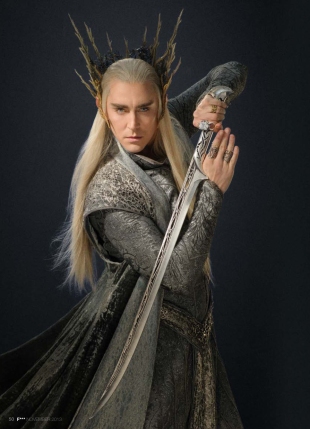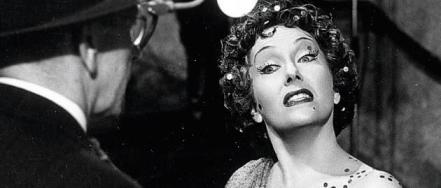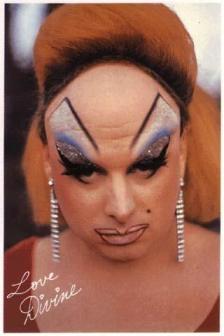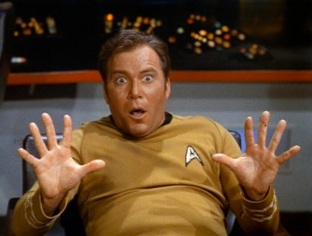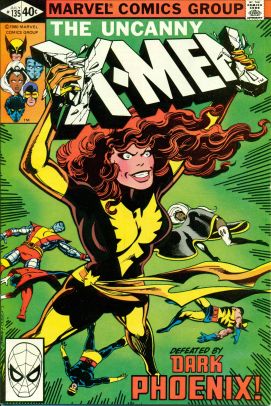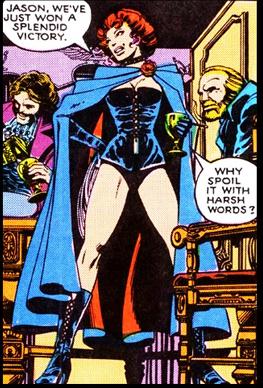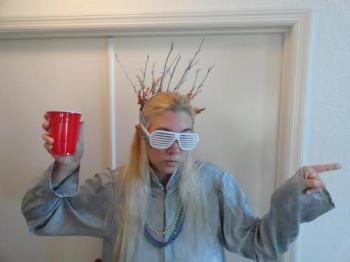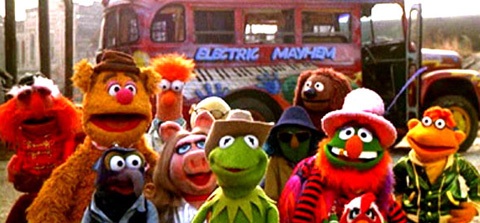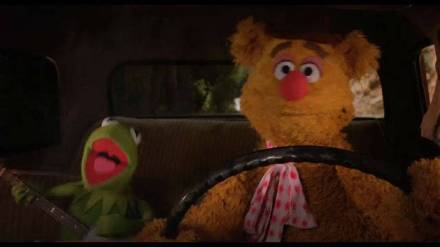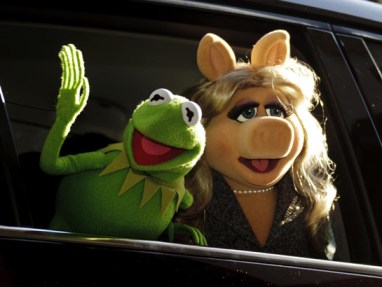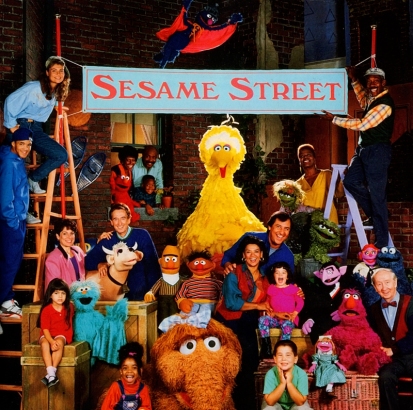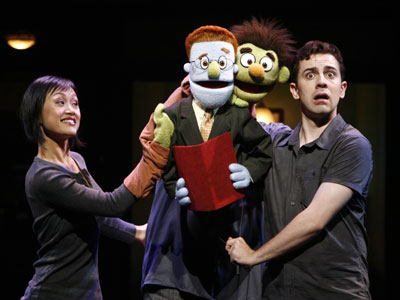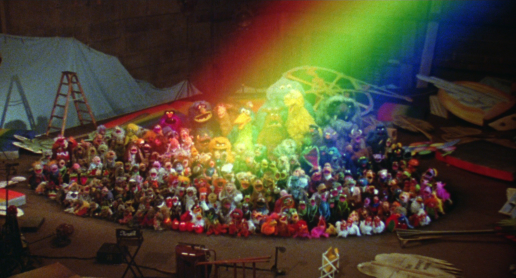I have found The Hobbit movies pretty entertaining so far. There’s no reason for the story to be stretched out over three movies, and they don’t attain the quality of the Lord of the Rings films, but I’ve enjoyed revisiting Middle Earth in the theatre.
There is one thing The Hobbit movies have uniquely contributed to my life. And that is…
Thranduil.
When I first saw him on screen, I involuntarily became possessed by the spirit of RuPaul and audibly declared in the theatre, “Get it, girl!!” It was instantly clear to me that this is his world and that everyone else only lives in it.
The screen representation of Thranduil is like a glorious hybrid of Pepper LaBeija and Cersei Lannister, or in other words, my cup of tea. The high camp stylization of Thranduil has not gone unnoticed by the geek community; just search #thranduil on Tumblr.

The celebration of his fabulousness is not an anomaly. Camp has always been present and adored by many in the world of sci-fi and fantasy.
The appeal of the camp aesthetic is hard to describe to those who “just don’t get it.” It’s not good, in the way that Citizen Kane or a similar work of artistic virtuosity is good. It’s not really “so bad it’s good” either, like The Room or other work that displays an utter failure of artistic ability. It’s something a little bit different.
In her essay “Notes on Camp,” Susan Sontag wrote that camp sees the world “not in terms of beauty, but in terms of the degree of artifice, of stylization.” It is “the love of the unnatural: of artifice and exaggeration.”
Good examples of camp include Mommie Dearest, the oeuvre of John Waters, and the art of drag. They represent, in Sontag’s words, “the good taste of bad taste.” They are so excessive that they circle back around to being perversely beautiful. The camp-loving viewer isn’t ridiculing camp art; s/he is taking delight in their disregard for societally accepted definitions of good taste.
One of the classics of camp is also a pillar of geek culture: Star Trek. Its colors are overly vibrant, embracing the new medium of color television with a drag queen’s unbridled enthusiasm. The dialogue is often delightfully overwrought, equaling anything ever uttered by Norma Desmond. And of course, it is crowned by performances from the king of camp acting, William Shatner.
The 1960s Batman TV show, with its unapologetically bad jokes and ubiquitous Bat-prefixes, is another great example of geek TV camp. But for my money, the best of geek camp comes not from television, but from comics. And the master of comics camp is Chris Claremont.
The X-Men comics, especially of the Claremont era, are often described as superhero soap operas. Their stories hinge as much on love triangles and each character’s inner anguish as it does on superheroics. 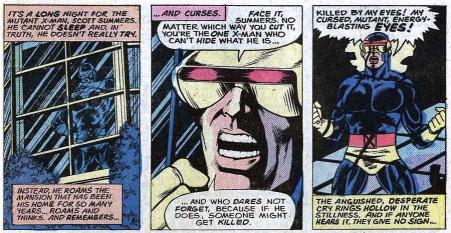
Claremont is famous for his melodramatic narration, best showcased in the classic Dark Phoenix Saga. 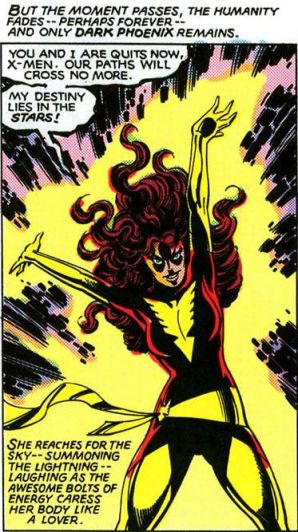
As shown here, Claremont’s over-the-top dialogue is beautifully complemented by the art of John Byrne, which is romantic in form, overflowing with the energy of the melodramatic tone.
The campiness of the Dark Phoenix Saga hits its stride with the Hellfire Club, from Sebastian Shaw’s ginormous codpiece to the drag-queen realness of the fur and corset clad Emma Frost, the only character in existence who continued to sport white lipstick into the 21st century. And it’s delicious to see perennial good girl Jean Grey transformed into the BDSM-inspired Black Queen.
In an age when comics, fantasy, and sci-fi are gaining increasing legitimacy and attaining high levels of artistic excellence, it is important not to scoff at our campy roots. Not only does camp speak to the decades-long connection between geek culture and queer culture (a historical link that is obscured by the mainstream stereotype that only straight white males like geeky stuff), but the camp sensibility is very closely tied to the geek sensibility. To again quote Susan Sontag, “There are other creative sensibilities besides the seriousness of high culture and of the high style of evaluating people. And one cheats oneself, as a human being, if one has respect only for the style of high culture.”
Geeks don’t need society’s permission to enjoy unique creative sensibilities — even those that exist outside of the boundary of “good taste.” We know the joys of giving into unbridled enthusiasm, no matter how silly it looks to those standing on the sidelines.
